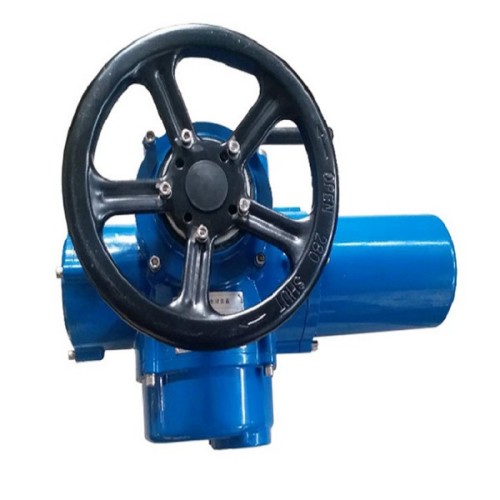china floating ball valve
Understanding China Floating Ball Valves A Comprehensive Overview
Floating ball valves have gained significant attention in various industrial applications worldwide, particularly in China, where manufacturing prowess has led to significant advancements in valve technology. These valves play a crucial role in controlling the flow of fluids, ensuring seamless operations across multiple sectors, including oil and gas, water treatment, and chemical processing.
What is a Floating Ball Valve?
A floating ball valve is a type of quarter-turn valve that uses a spherical disc, or ball, to regulate flow. The ball features a hole or port through its center, allowing fluid to pass through when aligned with the flow direction. The unique aspect of a floating ball valve is that the ball is not rigidly anchored to the valve body; instead, it floats within the seats, allowing it to move slightly to create a seal when the valve is closed. This design is particularly effective in achieving a tight seal, preventing leakage and ensuring efficient operation.
Advantages of Floating Ball Valves
One of the primary advantages of floating ball valves is their simplicity and reliability. The design is straightforward, with fewer parts compared to other types of valves, such as globe valves. This not only reduces manufacturing costs but also simplifies maintenance and operation. Furthermore, the floating mechanism allows the ball to adjust to any minor misalignments in the pipeline, ensuring a secure seal under varying pressures.
In addition to their mechanical advantages, floating ball valves offer excellent performance in terms of flow control. They provide quick and efficient shut-off capabilities, making them ideal for applications requiring fast response times. Their ability to operate with minimal torque also means that they can be actuated easily, whether manually or through automated systems.
china floating ball valve

The Market for Floating Ball Valves in China
China has emerged as a global leader in the production of floating ball valves, driven by substantial investments in industrial infrastructure and a growing demand for high-quality valve products. The manufacturing landscape in China is characterized by a mix of state-owned enterprises and private companies, resulting in a highly competitive market.
Chinese manufacturers have adopted advanced technologies and improved materials to enhance the performance and lifespan of their floating ball valves. The widespread availability of various materials, such as stainless steel, carbon steel, and plastic, allows companies to tailor their products to specific applications and environments.
Applications and Industries
Floating ball valves are used extensively in various industries due to their versatility. In the oil and gas sector, they are critical in pipelines for crude oil and natural gas, where reliability and safety are paramount. In water management, these valves control the flow in treatment plants and distribution systems, contributing to efficient resource management. Additionally, in chemical processing, floating ball valves withstand corrosive substances, making them ideal for handling various chemicals.
Conclusion
As industries continue to evolve and demand increases for efficient flow control solutions, floating ball valves will remain an essential component across multiple sectors. With China's ongoing advancements in manufacturing and technology, the country is poised to continue leading the way in producing high-quality floating ball valves. Their reliability, efficiency, and adaptability make them a trusted choice for professionals seeking effective solutions in fluid control. As the market grows, innovation will undoubtedly follow, further enhancing the role of floating ball valves in modern industrial applications.
-
The Key to Fluid Control: Exploring the Advantages of Ball Valves in Industrial SystemsNewsJul.09,2025
-
The Versatile World of 1, 2, and 3 Piece Ball ValvesNewsJul.09,2025
-
Stainless Steel Ball Valves: The Ideal Choice for Efficient Flow ControlNewsJul.09,2025
-
Optimizing Fluid Control with Ball Float ValvesNewsJul.09,2025
-
Manual Gate Valves: Essential for Control and EfficiencyNewsJul.09,2025
-
Everything You Need to Know About Butterfly ValvesNewsJul.09,2025
-
The Versatility of Wafer Type Butterfly ValvesNewsJul.08,2025




